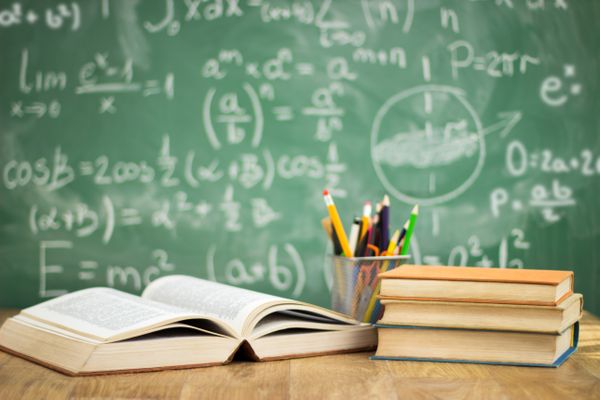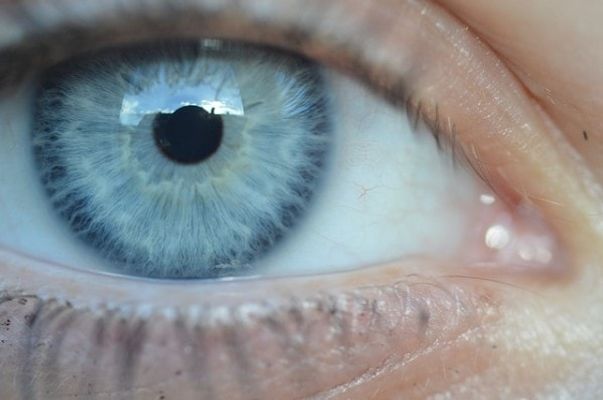1.6.9
Cultural Issues
Positive Cultural Impacts
Positive Cultural Impacts
Technology has positively impacted several areas of society. For example:


Health
Health
- Technology can improve health through:
- Computerised imaging.
- Modelling diseases.
- Artificial intelligence.


Education
Education
- Online learning platforms provide access to courses at some of the world's best universities for free.


Welfare
Welfare
- Applying for benefits and other government services online saves time.
- This also saves the government money that can be spent on improving other services.


Work-life-balance
Work-life-balance
- Mobile devices give employees the freedom to work from anywhere, at any time.
Negative Cultural Impacts
Negative Cultural Impacts
Technology has negatively impacted several areas of society. For example:


Health
Health
- Overuse of technology can lead to issues such as:
- Repetitive strain injury (RSI).
- Eye strain.
- Neck and back problems.
- Lack of exercise.


Education
Education
- Technology is expensive, and poorer schools (especially abroad) cannot afford devices.
- This contributes to the digital divide.


Work-life-balance
Work-life-balance
- Feeling like work never finishes can result in an intrusion on family time, resulting in poorer relationships and less rest.
- A poor work-life-balance can have a significant impact on the wellbeing of employees and their families.


Fake news
Fake news
- The main news source for young adults is social media.
- Fake news stories can spread very quickly on these websites.
1Computer Systems
1.1Systems Architecture
1.2Memory & Storage
1.2.1Types of Memory
1.2.2Flash Memory
1.2.3Virtual Memory
1.2.4Exam-Style Questions - Primary Memory
1.2.5Capacity
1.2.6Solid State Storage
1.2.7Magnetic Storage
1.2.8Examples of Magnetic Storage
1.2.9Optical Storage & its Properties
1.2.10Examples of Optical Storage
1.2.11End of Topic Test - Computer Systems
1.2.12Grade 9 - Storage
1.2.13Exam-Style Questions - Storage
1.2.14Units of Information
1.2.15Number Bases
1.2.16Converting Number Bases
1.2.17Hexadecimal
1.2.18Binary Arithmetic
1.2.19Representing Text
1.2.20ASCII & Unicode
1.2.21Representing Images
1.2.22Representing Sound
1.2.23Data Compression
1.2.24End of Topic Test - Representation
1.2.25Exam-Style Questions -Data Conversions
1.3Computer Networks, Connections & Protocols
1.3.1Benefit of Networks
1.3.2Network Performance
1.3.3Networks: How Do Packets Get Routed?
1.3.4Types of Networks
1.3.5Client-Server Model
1.3.6Pros & Cons of Client-Server Model
1.3.7Peer-to-Peer Model
1.3.8Pros & Cons of Peer-to-Peer Model
1.3.9Network Hardware
1.3.10What is the Internet?
1.3.11URLs
1.3.12DNS & Web Hosting
1.3.13The Cloud
1.3.14Pros & Cons of the Cloud
1.3.15Exam-Style Questions - Networking Models
1.3.16Topology
1.3.17WiFi
1.3.18WiFi Encryption
1.3.19IP Addresses
1.3.20MAC Addresses
1.3.21Network Protocols
1.3.22Application Protocols
1.3.23Layers
1.3.24Advantages of Layering
1.3.25Exam-Style Questions - Network Protocols
1.4Network Security
1.5Systems Software
1.6Ethical, Legal, Cultural & Environmental Concern
1.6.1Open Source vs Proprietary Software
1.6.2Licensing Issues
1.6.3Ethical Issues
1.6.4Ethical Issues 2
1.6.5Exam-Style Questions - Ethical Issues
1.6.6Legal Issues
1.6.7Legal Issues 2
1.6.8Freedom of Information Act (2000)
1.6.9Cultural Issues
1.6.10Environmental Issues
1.6.11Positive Environmental Impact
1.6.12Privacy Issues
1.6.13Stakeholders
1.6.14End of Topic Test - Software & Issues
2Computational Thinking, Algorithms and Programming
2.1Algorithms
2.1.1Computational Thinking
2.1.2Algorithmic Thinking
2.1.3Pseudocode & Flow Diagrams
2.1.4Interpreting & Correcting Algorithm
2.1.5Completing Algorithms
2.1.6Search Algorithms
2.1.7Binary Search
2.1.8Overview of Sort Algorithms
2.1.9Bubble Sort & Insertion Sort
2.1.10Merge Sort
2.1.11Exam-Style Questions - Sorting Algorithms
2.2Programming Fundamentals
2.3Producing Robust Programs
2.4Boolean Logic
Jump to other topics
1Computer Systems
1.1Systems Architecture
1.2Memory & Storage
1.2.1Types of Memory
1.2.2Flash Memory
1.2.3Virtual Memory
1.2.4Exam-Style Questions - Primary Memory
1.2.5Capacity
1.2.6Solid State Storage
1.2.7Magnetic Storage
1.2.8Examples of Magnetic Storage
1.2.9Optical Storage & its Properties
1.2.10Examples of Optical Storage
1.2.11End of Topic Test - Computer Systems
1.2.12Grade 9 - Storage
1.2.13Exam-Style Questions - Storage
1.2.14Units of Information
1.2.15Number Bases
1.2.16Converting Number Bases
1.2.17Hexadecimal
1.2.18Binary Arithmetic
1.2.19Representing Text
1.2.20ASCII & Unicode
1.2.21Representing Images
1.2.22Representing Sound
1.2.23Data Compression
1.2.24End of Topic Test - Representation
1.2.25Exam-Style Questions -Data Conversions
1.3Computer Networks, Connections & Protocols
1.3.1Benefit of Networks
1.3.2Network Performance
1.3.3Networks: How Do Packets Get Routed?
1.3.4Types of Networks
1.3.5Client-Server Model
1.3.6Pros & Cons of Client-Server Model
1.3.7Peer-to-Peer Model
1.3.8Pros & Cons of Peer-to-Peer Model
1.3.9Network Hardware
1.3.10What is the Internet?
1.3.11URLs
1.3.12DNS & Web Hosting
1.3.13The Cloud
1.3.14Pros & Cons of the Cloud
1.3.15Exam-Style Questions - Networking Models
1.3.16Topology
1.3.17WiFi
1.3.18WiFi Encryption
1.3.19IP Addresses
1.3.20MAC Addresses
1.3.21Network Protocols
1.3.22Application Protocols
1.3.23Layers
1.3.24Advantages of Layering
1.3.25Exam-Style Questions - Network Protocols
1.4Network Security
1.5Systems Software
1.6Ethical, Legal, Cultural & Environmental Concern
1.6.1Open Source vs Proprietary Software
1.6.2Licensing Issues
1.6.3Ethical Issues
1.6.4Ethical Issues 2
1.6.5Exam-Style Questions - Ethical Issues
1.6.6Legal Issues
1.6.7Legal Issues 2
1.6.8Freedom of Information Act (2000)
1.6.9Cultural Issues
1.6.10Environmental Issues
1.6.11Positive Environmental Impact
1.6.12Privacy Issues
1.6.13Stakeholders
1.6.14End of Topic Test - Software & Issues
2Computational Thinking, Algorithms and Programming
2.1Algorithms
2.1.1Computational Thinking
2.1.2Algorithmic Thinking
2.1.3Pseudocode & Flow Diagrams
2.1.4Interpreting & Correcting Algorithm
2.1.5Completing Algorithms
2.1.6Search Algorithms
2.1.7Binary Search
2.1.8Overview of Sort Algorithms
2.1.9Bubble Sort & Insertion Sort
2.1.10Merge Sort
2.1.11Exam-Style Questions - Sorting Algorithms
2.2Programming Fundamentals
2.3Producing Robust Programs
2.4Boolean Logic

Unlock your full potential with GoStudent tutoring
Affordable 1:1 tutoring from the comfort of your home
Tutors are matched to your specific learning needs
30+ school subjects covered

